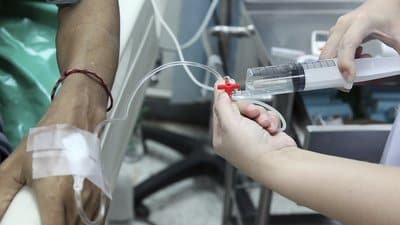Researchers assessed the incidence of sedation-related serious adverse events (SAEs) and risk factors for them in a prospective cohort study of children ≤18 years of age presenting to six Canadian pediatric emergency departments (EDs) and requiring sedation for painful procedures.
6295 minors were studied (mean age, 8 years). 736 (12%) experienced 831 adverse events, most commonly oxygen desaturation (6%) and vomiting (5%). SAEs occurred in 69 patients (1%) and included apnea in 55 (1%) and hypotension, laryngospasm, and bradycardia (each 0.1%). Significant interventions (most often positive pressure ventilation) were performed in 86 patients (1%).
Sedation medication was the only risk factor for SAEs. Compared with ketamine alone (median total dose, 1.5 mg/kg), the odds of SAEs were:
- Propofol alone (odds ratio, 6; median dose, 3.2 mg/kg)
- Ketamine plus fentanyl (OR, 7; median doses, 1.1 mg/kg and 1.0 µg/kg)
- Ketamine plus propofol (OR, 4; median doses, 0.9 mg/kg and 1.5 mg/kg).
- Drug combinations were also associated with increased odds of a significant intervention (OR, 4 and 3, respectively).
Among patients receiving ketamine alone, dose was not associated with SAEs or significant interventions.

